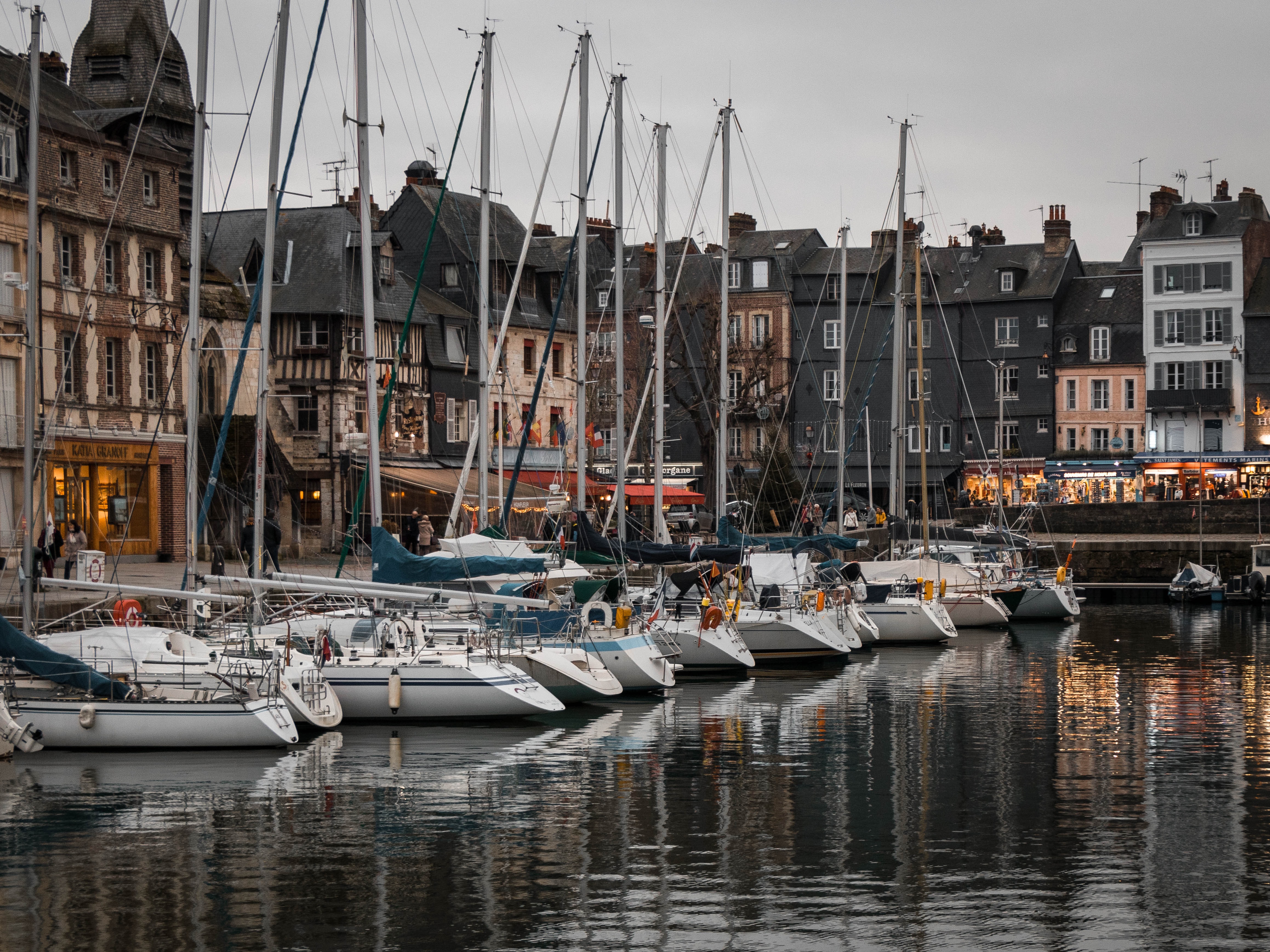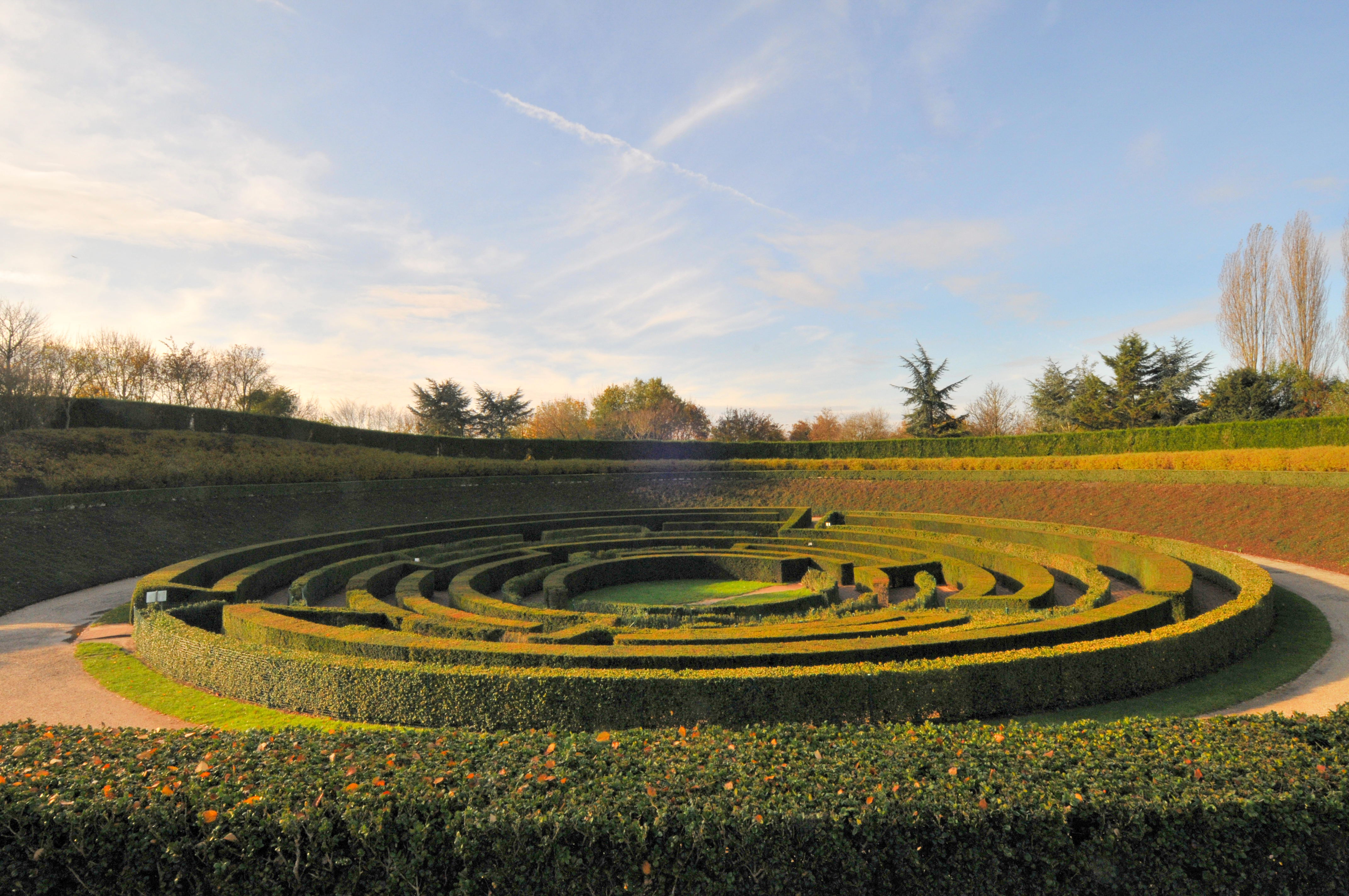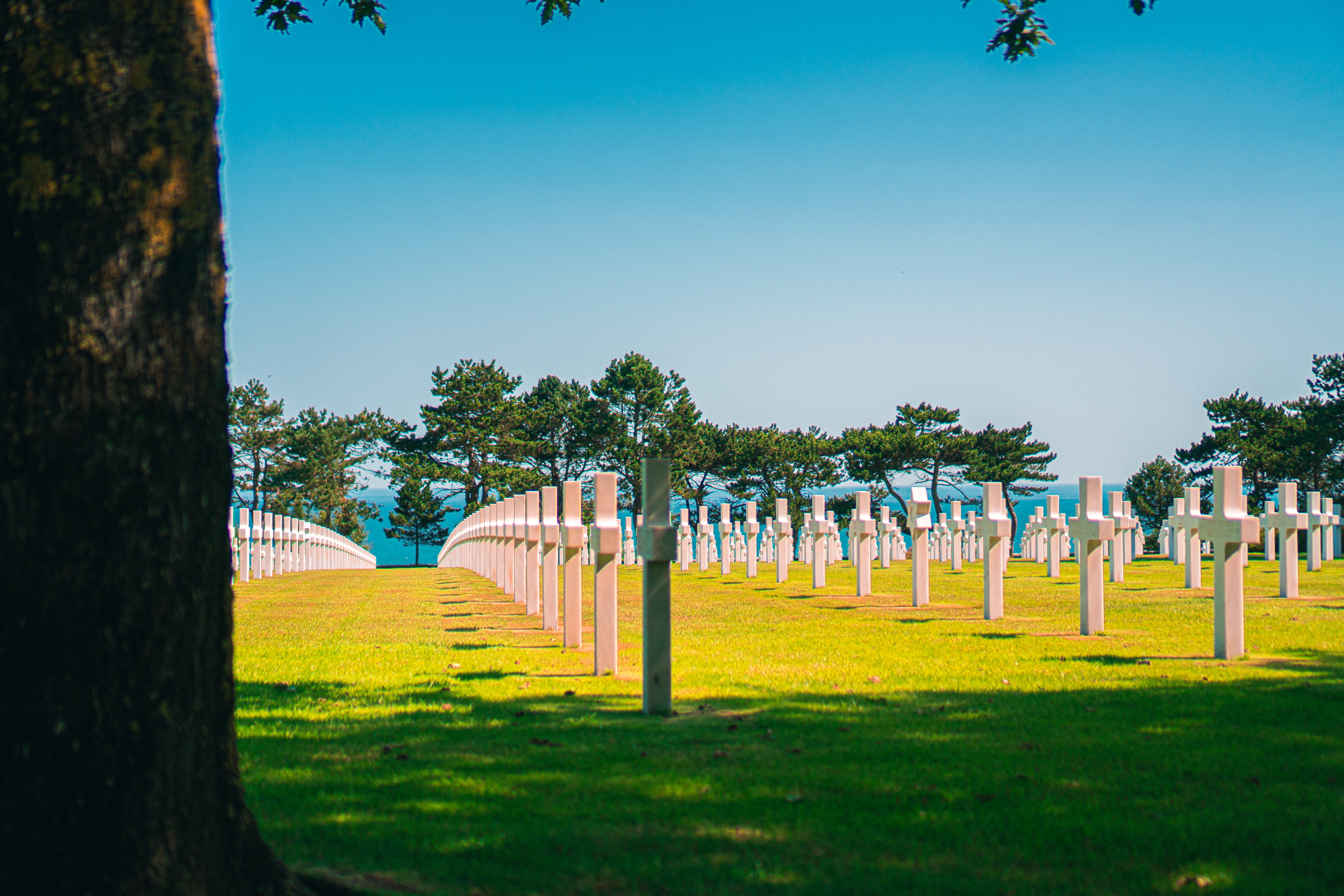Four Days in Normandy
A land of history, culture and traditions, Normandy offers you its marvellous countryside with an incredible diversity of landscapes: from forests, hedgerows and meadows to green countryside and majestic cliffs. A destination for leisure, relaxation and a true haven of peace, Normandy has preserved a rich cultural and architectural heritage and an impressive gastronomy that will delight your taste buds! This region is full of things to see and visit, so how to make the most of your stay in this magnificent region?
By Lise Hostyn

Don't worry, Divento is here to help! With its itinerary planner, Divento has created the perfect itinerary for you to spend four unforgettable days in Normandy. The planner will suggest the best day and time to visit the places you've added, and it will recalculate the best times for your visits if you decide to add, remove, switch or swap activites.
Day 1
If you are arriving from the north you will have the chance to cross the impressive Pont de Normandie. With a span of 856 metres, and a total length of 2,141 metres including the access viaducts, the Pont de Normandie was once the longest cable-stayed bridge in the world when it was opened back in 1995. Start your stay with a visit to Honfleur, the delightful city of painters. With its picturesque streets, half-timbered houses, distinctive little harbour and old trawlers, this Norman town is sure to charm you. Take a walk along the Vieux-Bassin and you will find 17th and 18th-century houses listed as historical monuments surrounding the port. Opposite the famous Quai Sainte-Catherine, you will find the church of Saint-Etienne, which today houses the Musée de la Marine. After visiting this enchanting town, continue your journey to Pont-l'Évêque.
Located about a 20-minute drive from Honfleur, Pont-L'Evêque is an easy excursion to go on when visiting Honfleur. In addition to its undeniable gastronomic assets, the town has a small, well-preserved and charming town centre: half-timbered, coloured and sculpted houses, private mansions, public gardens... Visit the church of St. Michel, the old quarter, the Brossard fountain or the Joyeuse Prison.
Day 2
Start your second day by going straight back to the Second World War, and visit Ouistreham. Once a fishing village, this small town is now a popular seaside resort with beautiful villas along the beach, and it is one of the major ports of embarkation to England. With its pretty shopping street, long sandy beach, casino and seaside activities, Ouistreham is an instant hit with visitors. The town is situated at the mouth of the River Orne, and it is this position that for centuries gave the town its role as a sentinel to protect the region and Caen (10km to the southwest) from English attacks. During the Second World War, the German occupiers also understood the value of its strategic position. It was in Ouistreham, in a large 17-metre high bunker, that the Germans established one of their Atlantic Wall headquarters.
The next stage of the itinerary is a gentle stroll through more than 5,000 m2 of green space at the Caen botanical garden. A real green lung in the heart of the city centre, this place offers rare plant collections with more than 8000 species of plants, expert gardener advice, and activities for the whole family, so it's the ideal place in Caen for a superb family day out.
Keep up the momentum and atmosphere by visiting one of Caen's largest parks. Located 5 minutes away by car and created on the occasion of the 50th anniversary of the D-Day landings, the Parc de la Colline aux Oiseaux is a floral park of over 17 hectares. Children will appreciate the playgrounds and the animal park where Norman species are king. This green space is a real success since it has been transformed from a municipal dump into an impressive floral world dedicated to peace. Feeling thirsty or tired? End your day sitting down on the terrace of the nearby mini-golf course.

Day 3
For this third day, Divento proposes going to the heart of Calvados, to a small commune called Port-en-Bessin-Huppain. Occupied since Protohistory, as evidenced by a few remains found on the spot, the territory of Port-en-Bessin-Huppain has developed its maritime activity over the centuries, hosting in particular part of the shipyards of William the Conqueror. Classified as a port of refuge in the 19th century, the town later became the leading fishing port in Lower Normandy, notably with the creation of its tidal hall in the 1970s. Take a break at the marina in Port en Bessin to visit the town, Bayeux, and the D-Day landing beaches. Visit the church of Saint André, if you are lucky, the markets on the Quai P. Oblet or Avenue Général de Gaulle. If you are a golf fan, don't forget to book your ticket to play at the fabulous Omaha Beach Golf Course; situated on the seafront, you will be faced with breathtaking views of the Bessin countryside.
Continue your journey towards the coast and 10 minutes away you will find the famous and impressive Colleville sur Mer American Cemetery overlooking Omaha Beach. A must-see when visiting the beaches of Normandy, it contains the graves of 9,387 fallen soldiers, the chapel, the memorial and the garden of the missing. The centre pays tribute to these soldiers and their courage in carrying out Operation Overlord and enabling the liberation of Europe. Access to the centre is free.
To end the day on a high note, the itinerary recommends heading to Omaha Beach. Omaha Beach was the name used by the Allies during the Second World War to designate one of the five Normandy landing beaches. Assigned to American troops, it was the beach where the Allies lost the most troops, earning it the nickname 'Bloody Omaha'. A visit to this site will help you understand how the Golden Beach could become the stage for such a large-scale operation in a matter of hours. Head to the statue of the Brave on the beach, which is a symbol of the events of 6th June 1944, to appreciate the scale of the sacrifice made by the soldiers.

Day 4
To finish your stay, get up early and head to the largest forest in Lower Normandy, the Ecouves State Forest. Located in the Normandy-Maine Regional Nature Park, the forest covers 8,200 hectares north of Alençon. It is part of a 12,000-hectare forest, the largest in Lower Normandy. Positioned on a ridge, this forest has a varied relief and offers many views of the surrounding countryside and hedgerows. The soils of the forest are acidic and poor, but countless springs and streams make it a real water tower and encourage biodiversity. There are several natural habitats of community interest: peat bogs, wet moors, alluvial forests. Perhaps you will see the silhouette of a stag, a roe deer or a wild boar. Whether you are on foot, bike or horseback, 463 km of paths allow you to immerse yourself in nature. Among the cultural and natural treasures to discover: springs and fountains, cart paths, commemorative sites, rocks, remarkable trees, lookouts... At the bend on the path, you may discover one of the 80 granite boundary markers classified as Historic Monuments!
Feeling hungry? Picnic tables have been set up at the main crossroads (Croix de Médavy, Vignage, Croix Madame, Rendez-vous, etc.). At the Chêne au Verdier, a 1.5 km fitness trail will whet your appetite... Finally, you should know that the Signal d'Ecouves, at 417 m, is one of the highest peaks in western France!
End your stay and your discovery of nature with the Normandy Maine Regional Nature Park. This 257,200 hectare park will offer you contrasting landscapes and will blow your mind! The park's territory is made up of different landscape elements, including forests, hedgerows, open countryside and urbanised areas. The Park and Geopark House is a showcase for the territory's wealth and talents, inviting you to discover the natural and cultural riches of this territory. You can also visit the shop selling local products, discover the territory's tourist offer and find out more about the Park's missions. The site also offers a rich annual programme of exhibitions and events.
